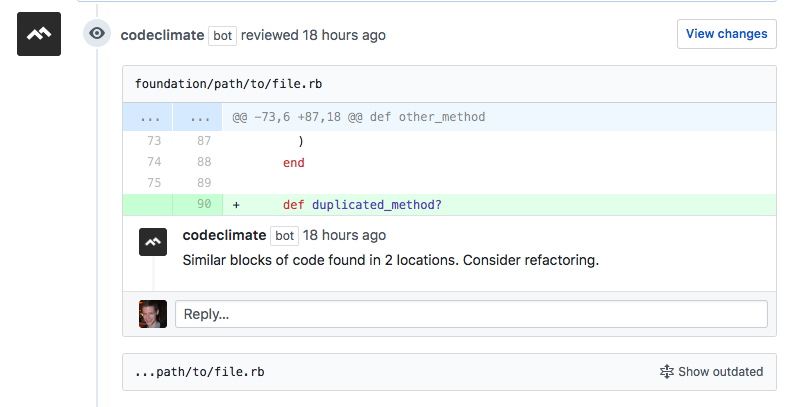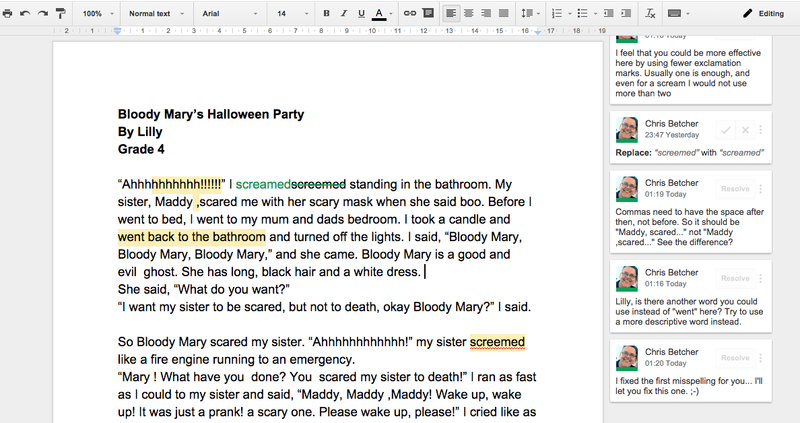e-Learning Ecologies MOOC’s Updates
Version Control Collaboration Tools: Barrier to Entry in the Classroom
While the monitoring and measuring of received feedback and how that feedback is utilized is still finding its way into classrooms, the software industry has been practicing social/peer-to-peer learning for quite some time. Hollywood may portray software engineers as lone hackers that somehow are able to harness massive amounts of specialized knowledge, but that could not be further from the truth. Software engineers collectively agree on two things: 1) a ridiculously large portion of job is Googling and 2) what differentiates a great software engineer from a good one is the ability to collaborate and communicate effectively.
GitHub is a collaborative version control web application. What that means is on the website, a coder can:
- publicly share her project that includes many files of code
- allow access for others to contribute to that project
- be able to compare/track the changes made to her project
- be able to provide general feedback and/or comments to specific lines of code changes made by contributors.
It is through the feedback that developers do a large part of their learning about the best or most efficient way to do things. GitHub can reveal a lot about a developer's knowledge and skill level as well. So much so that, often software companies use GitHub accounts as a way of assessing a prospective developer’s skill level, interests, and collaborative style. The beautiful and most crucial thing that makes GitHub so central to open source community is that it is a free tool. This allows for literally anyone around the world who has access to internet to collaborate on projects.
Perhaps the most accessible equivalent of GitHub for student collaboration is Google Docs—in that it keeps a history of changes in a text document, exposes a commenting featuring that can point to a specific place in the document, and is free.
Because Google Docs is only a text editor and not a learning management system, it lacks the features required to build a specialized learning environment where a teacher can easily monitor changes and progress (but it comes close).
Lastly, there is a tool that does implementing version control and peer feedback as a central part of collaborative learning. That tool is CueThink which is made with the goal to “Make Math Social”. It exposes an annotation feature so that learners can "reflect on and revise their own work. [It] foster[s] digital citizenry and build[s] a community of social math learners in the classroom.” (How It Works — CueThink, 2020)
While CueThink does seem to be the platform that can be widely successful in helping students learn math through social learning, its adoption rate is heavily dependent on affordability and access which most schools likely do not have the spare resources for.
It seems that until the US education system and edTech industry can figure out a way to make these digital collaboration tools accessible to the mass majority of schools, the public education environment and its learners will unfortunately continue to be left behind.
Resources
CueThink. 2020. How It Works — Cuethink. [online] Available at: <https://www.cuethink.com/howitworks> [Accessed 16 October 2020].




